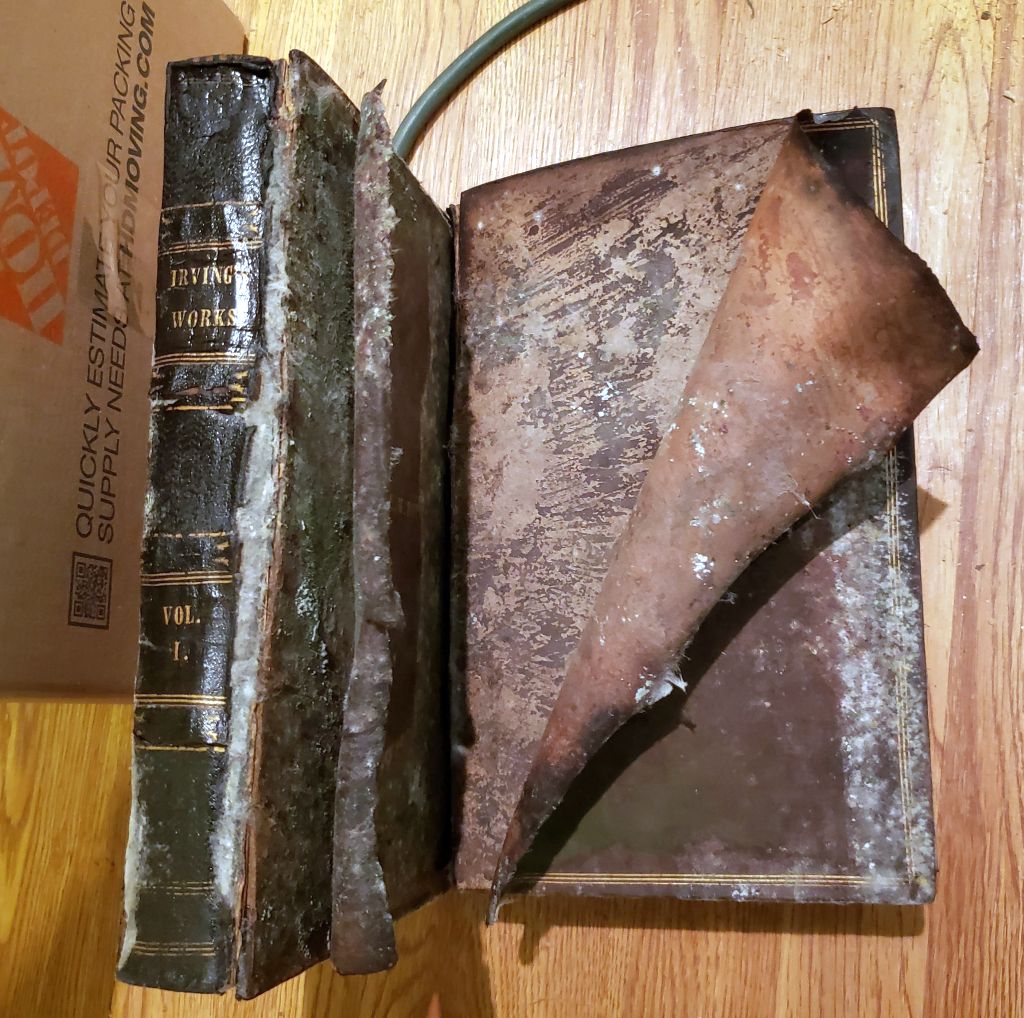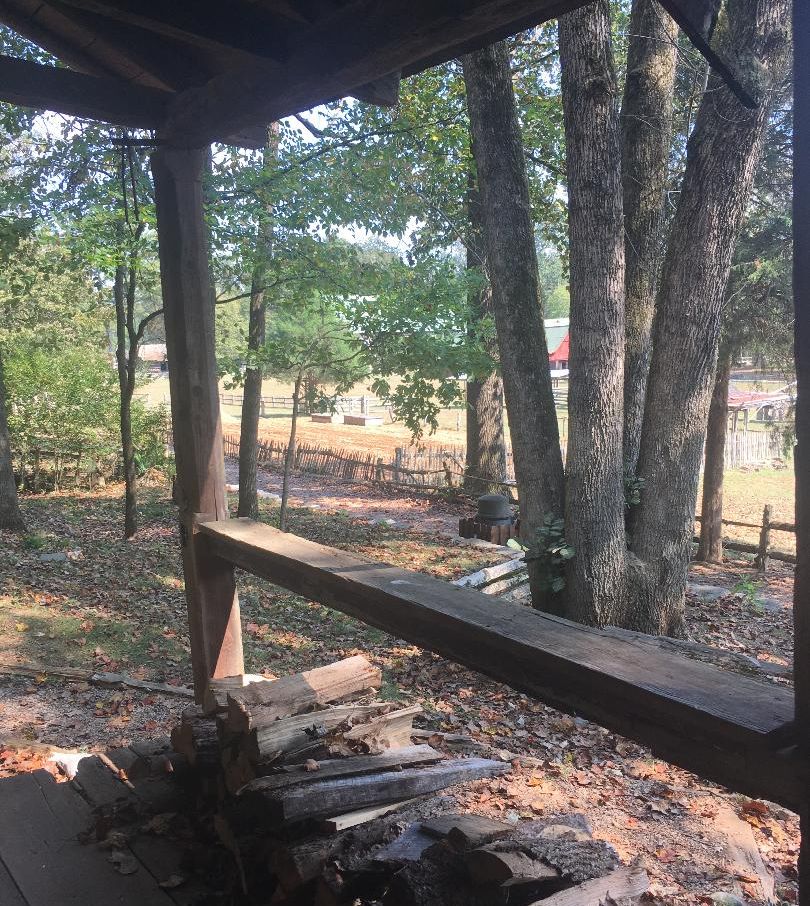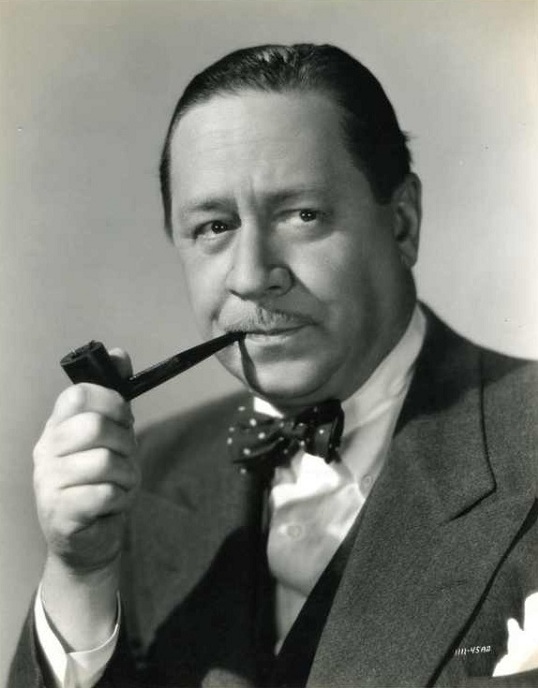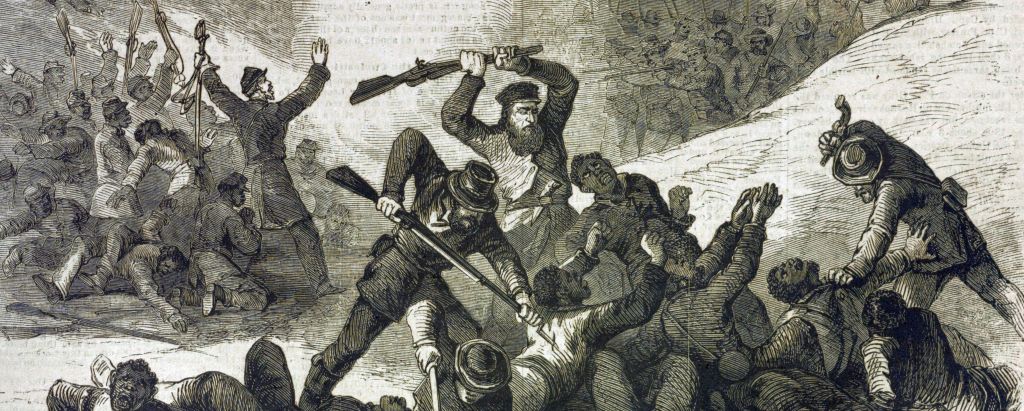
September was the cruelest month. The muddy water that filled our offices nearly dealt a fatal blow to American Heritage. As we reported in the last issue, we lost hundreds of books, magazines, research files, prints and photographs, furniture, equipment, legal and accounting records, etc.


 Comedians yammer on and on, but humorists are a somber bunch. Though funny in print, their party personas tend to brooding. Their lives are often a mess. You don’t have to be Freud to see that sorrow is the soul of wit. But then, meet Robert Benchley.
Comedians yammer on and on, but humorists are a somber bunch. Though funny in print, their party personas tend to brooding. Their lives are often a mess. You don’t have to be Freud to see that sorrow is the soul of wit. But then, meet Robert Benchley.